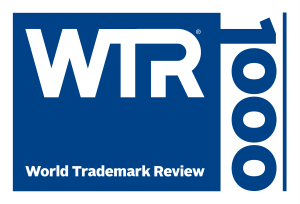As furloughs and layoffs become increasingly prevalent during the response to the coronavirus crisis, employees may be looking for options for receiving emergency funds from their employer’s qualified retirement plan. The Coronavirus Aid, Relief and Economic Security Act (CARES Act), which was recently passed by the Senate and awaits House action, includes provisions that may temporarily allow participants to take an emergency withdrawal of up to $100,000 from a defined contribution retirement plan without a 10% early withdrawal penalty for participants who are under age 59½ or to take out a plan loan of up to $100,000. While some form of retirement plan withdrawal and loan provisions are likely to survive into a final bill, until any new legislation is enacted, current law only allows a participant to take a termination distribution from a retirement plan if he or she has a separation from service. This means that an employee who is on furlough or other temporary layoff is not allowed to receive a termination distribution from the plan.
Other Distribution Options
Although employees cannot receive a termination distribution from a qualified retirement plan, there may be other in-service distribution and loan options already available in a plan, or a plan can be amended to add these options.
The following are some of the distribution options that may already be in an employer’s 401(k) defined contribution retirement plan or, if not, could be added by plan amendment. It is important to note that for participants who are under age 59½, there is a 10% early withdrawal tax penalty (subject to certain exceptions) that is in addition to the ordinary income tax to which a retirement plan distribution is subject:
- Hardship Withdrawals
- Rollover Account Withdrawals
- Age 59½ Withdrawals
- Withdrawals of profit sharing contributions (if any) that have been in the plan at least two years or after the employee has been a participant in the plan for five years
- Plan Loans
Hardship withdrawals are available to a participant whose principal place of employment or principal residence was located in an area designated by the Federal Emergency Management Agency for individual assistance with respect to a disaster declared under the Stafford Act.[1] The hardship withdrawals may be requested for expenses and losses (including the loss of income) due to such disaster. As of March 26, 2020, participants who work or live in the following states are eligible for hardship withdrawals with January 20, 2020 designated as the date as of which the disaster occurred:
- California
- Illinois
- Louisiana
- New Jersey
- New York
- Texas
- Washington
Major disasters have been declared in the following states, but the individual assistance that triggers a hardship withdrawal right does not appear to have been made available:
- Iowa
- Maryland
- Missouri
If you have any questions about retirement distribution options or other Employee Benefits issues, please do not hesitate to contact Jeff Bakker, Patty Cain or Linda Hoseman or your Neal Gerber Eisenberg attorney.
—
The content above is based on information current at the time of its publication and may not reflect the most recent developments or guidance. Neal Gerber Eisenberg LLP provides this content for general informational purposes only. It does not constitute legal advice, and does not create an attorney-client relationship. You should seek advice from professional advisers with respect to your particular circumstances.
[1] The Robert T. Stafford Disaster Relief and Emergency Assistance Act, Public Law 100-707.










